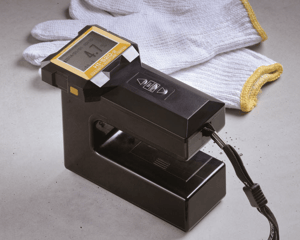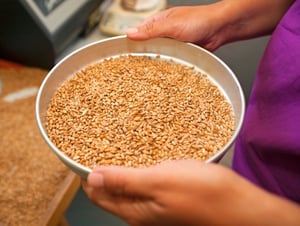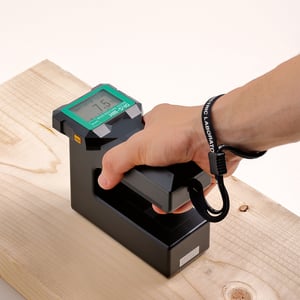 Maintaining an acceptable moisture level is one of the most critical elements in successful grain storage. Anyone in the industry knows the importance of monitoring moisture and temperature, which is why good quality moisture meters are such vital tools.
Maintaining an acceptable moisture level is one of the most critical elements in successful grain storage. Anyone in the industry knows the importance of monitoring moisture and temperature, which is why good quality moisture meters are such vital tools.
Even with the right tools, though, it’s possible to run into difficulties that result in inaccurate readings, which can in turn cause issues with your stored grain. Proper calibration and testing can help you avoid some of these potential pitfalls.
Calibration
There are two basic ways of measuring moisture. In primary methods, the actual moisture levels are measured directly, meaning that there is no need to use samples for calibration. In most cases, though, it is faster and more economical to use secondary methods for moisture measurement. Because these methods are based on assumptions about the way moisture levels affect other properties of the grain in question, they require an initial calibration based on samples of that grain.
The good news: calibration is not something you need to do on your own. With numerous calibrations coming pre-installed, the biggest decision you have to make is to ensure you’re using the correct calibration. The safety of your grain storage is worth the three seconds it takes to double check.
Controlling for Variability
Even with proper aeration, temperature and moisture variations within a supply of grain can still be significant enough to throw off a reading from a too-limited sample. It’s important to test at least three different samples and average the results. If they seem to be wildly off from one another (or you have an outlier), up your number of samples.
It’s also important to make sure that your samples are from different parts of your grain storage. Pockets of moisture can form as a result of temperature changes and convection currents, so a good range of samples is critical. Keeping track of where samples were taken from can help you to pinpoint any issues in your grain storage that might be causing moisture to accumulate.
If some of your grain is hot (from a dryer) or cold (from a container), allow it to return to a normal temperature before measuring moisture. Grain that is hot or cold may give inaccurate readings to some moisture meters, plus the moisture content can change during the cooling process of recently dried grain.
Caring for equipment.
 The human element is one of the most common contributing factors in grain spoilage, but equipment can go bad as well. While all of our moisture meters are built to be stable, reliable, and long-lasting, no piece of machinery is 100% immune to malfunction, and proper care is necessary to keep your tools working for you the way they should.
The human element is one of the most common contributing factors in grain spoilage, but equipment can go bad as well. While all of our moisture meters are built to be stable, reliable, and long-lasting, no piece of machinery is 100% immune to malfunction, and proper care is necessary to keep your tools working for you the way they should.
In addition to checking multiple samples using a given moisture meter, you can test the consistency of your readings by comparing the results of the same sample using multiple meters. If one of your meters is giving you significantly different readings from the others, it should be serviced before it can be considered a reliable source of information.
Another potential source of inaccurate readings is low batteries. If your meter is stored away without being used for an extended period of time, remove the batteries to conserve their life. Battery testers are inexpensive and available anywhere. Taking the time to check on the strength of your batteries can save you many headaches from confusing readings.
Moisture can cause major damage, but good monitoring can keep your grain storage safe.
Kett has been in the business of measuring moisture since 1946, and the decades of expertise show in our products and our many satisfied customers. Have a question about how Kett meters can help keep your grain supply safe? Get in touch today.



